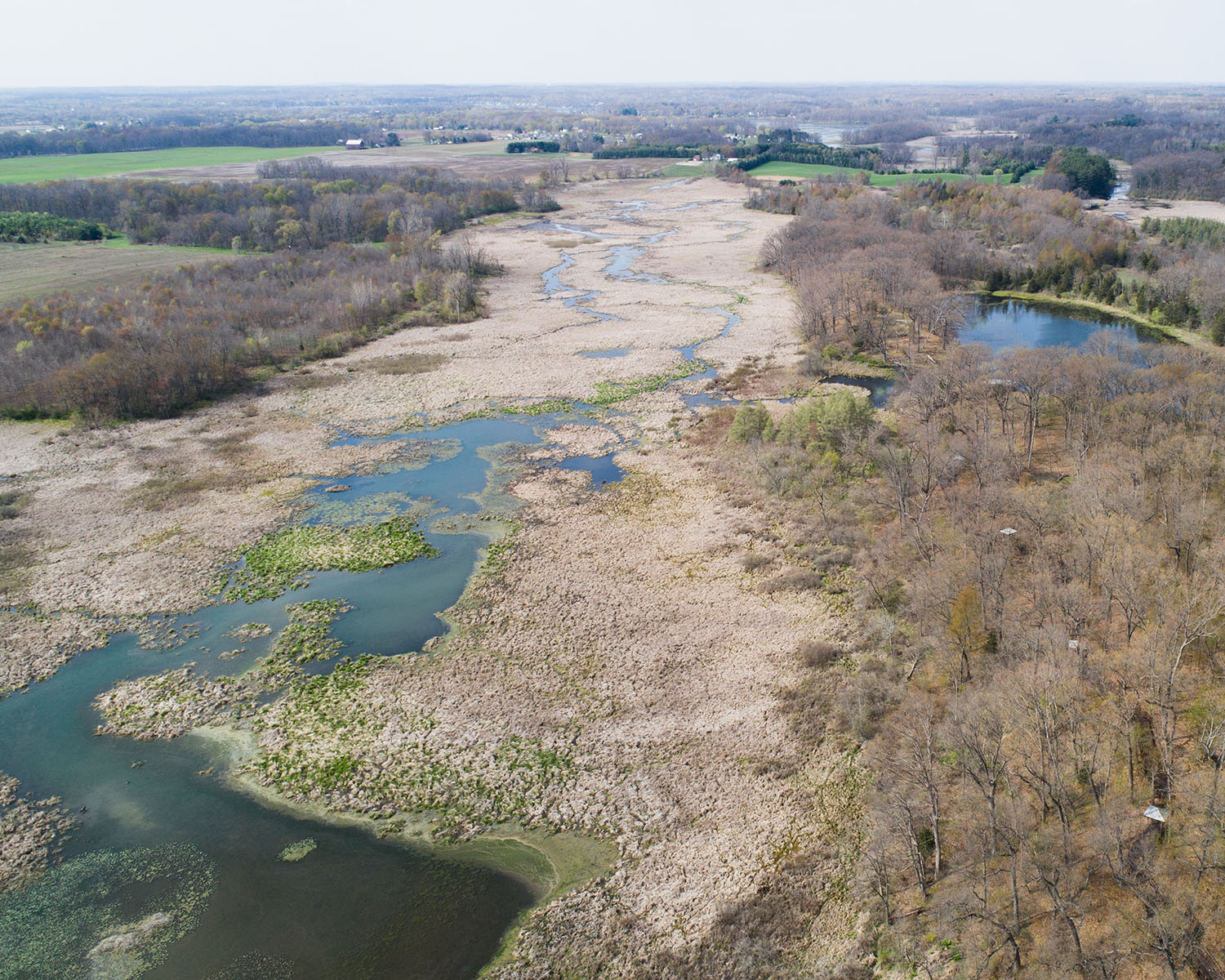Spring peeper: The most aptly-named frog
If you live near lakes, ponds or wetlands, you likely hear the season of spring as much as you see it. Frogs and toads make up much of the chorus, and none announce the season more promptly or emphatically as the spring peeper.
From March to June, their high pitched calls echo out from temporary woodland “lakes” called vernal pools where they meet to mate and lay eggs. Their collective voices are reminiscent of a parking lot of tiny toy car alarms going off in high-pitched “beeps,” a fleet of squeaky-wheeled shopping carts, or the very top range of a slide-whistle. Maybe these aren’t typically what you would associate with “springtime,” but take an evening walk near a pond or wetlands, and their persistent peeping might make you feel otherwise. It sounds like this:
Spring peepers are hard to find but easy to recognize. Here are their most prominent features:
- Paperclip size or smaller
- Tan, brown, olive, or reddish color which camouflages them against leaves and logs
- Smooth, damp skin
- Dark “X” pattern across their back
This last “trademark look” of the spring peeper endowed them with the species name “crucifer,” which is Latin for “cross-bearer.” Their full scientific name is Pseudacris crucifer. The genus name “Pseudacris” is a reference to their insect-like call, from the Greek words for “false” and “locust.”
These tiny locals fit well into our ecosystem around the lakes. They eat insects of all kinds, controlling the populations of whatever bugs they can fit into their mouths. They are also the prey of other native species, feeding birds, salamanders, snakes, and carnivorous insects that can’t fit into their mouths.
The spring peeper is small but mighty: a herald of spring and a champion of the wet, low-lying areas common to lake communities. Lake life affords the unique opportunity to hear and see these tiny amphibian neighbors as we welcome the warmth and color of spring.

Dive Deeper
Wetlands are home to more than just spring peepers – and they serve an important function for our lakes, too! Wetlands act as the earth’s “kidneys” and trap nutrients before they enter local waterways. Tap the button below to discover the difference between a bog, marsh, and swamp!